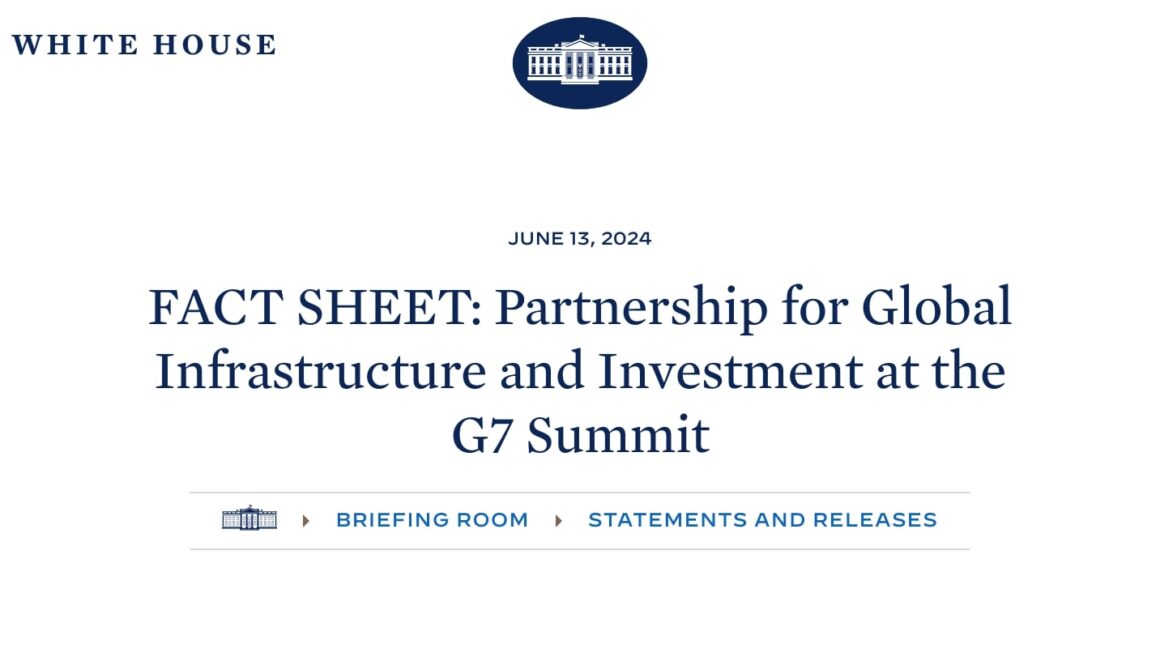In the realm of global finance, the recent decision by Fitch Ratings to align with Standard & Poor’s in downgrading the United States’ credit rating has raised significant concerns about the stability of U.S. bonds. This move has sparked discussions about the economic implications, potential impacts on global markets, and the underlying factors that have led to this decision. In this article, we delve into the key points surrounding Fitch’s decision and its potential consequences, shedding light on the intricate interplay between credit ratings, bond markets, and the broader economy.
Table of Contents
- Introduction
- Understanding Credit Ratings and Their Significance
- Fitch’s Decision to Downgrade U.S. Rating
- Factors Influencing the Downgrade
- 4.1 Economic Indicators
- 4.2 Fiscal Policies
- 4.3 Political Considerations
- Implications for U.S. Bonds and Global Markets
- Comparative Analysis with Other Credit Rating Agencies
- Investor Sentiment and Reaction
- Steps to Improve Credit Rating
- The Role of Monetary Policy
- Long-Term vs. Short-Term Impact
- Expert Opinions on the Downgrade
- 11.1 Interviews with Economists
- 11.2 Financial Analyst Perspectives
- Global Economic Ripple Effects
- Addressing Skepticism and Doubt
- What Lies Ahead for U.S. Bonds?
- Conclusion
Introduction
The global financial landscape is deeply interconnected, and credit ratings play a pivotal role in influencing investor confidence and economic stability. The decision by Fitch Ratings, a prominent credit rating agency, to join forces with Standard & Poor’s in downgrading the U.S. credit rating has sent shockwaves through financial markets.
Understanding Credit Ratings and Their Significance
Credit ratings provide an evaluation of a country’s ability to meet its financial obligations, including the repayment of its debt. These ratings impact borrowing costs, affecting the interest rates that a nation must pay on its bonds. A lower credit rating implies higher risk, leading to increased borrowing expenses.
Fitch’s Decision to Downgrade U.S. Rating
Fitch’s recent decision to downgrade the U.S. credit rating underscores concerns about the nation’s fiscal health and economic trajectory. This move has put the spotlight on the factors that have contributed to this decision.
Factors Influencing the Downgrade
4.1 Economic Indicators
Economic indicators such as GDP growth, unemployment rates, and inflation play a crucial role in determining a country’s creditworthiness. A sluggish economy can lead to credit rating downgrades.
4.2 Fiscal Policies
Fiscal policies, including government spending and taxation, influence a nation’s fiscal stability. A lack of effective fiscal management can negatively impact credit ratings.
4.3 Political Considerations
Political stability and the ability to implement prudent economic policies are integral to maintaining a favorable credit rating. Political turmoil can erode investor confidence.
Implications for U.S. Bonds and Global Markets
The downgrade has implications for U.S. bonds and international markets. Investors may demand higher yields to compensate for increased risk, leading to potential market volatility.
Comparative Analysis with Other Credit Rating Agencies
A comparative analysis of Fitch’s decision with those of other credit rating agencies offers insights into the consistency of these assessments.
Investor Sentiment and Reaction
Investor sentiment can be affected by credit rating changes. This section explores how investors are reacting to the downgrade and its effects on their portfolios.
Steps to Improve Credit Rating
The U.S. can take specific steps to improve its credit rating, including addressing fiscal concerns, implementing structural reforms, and fostering economic growth.
The Role of Monetary Policy
Monetary policy decisions made by central banks can influence credit ratings. A balanced approach to monetary policy can mitigate the impact of a credit downgrade.
Long-Term vs. Short-Term Impact
The downgrade’s long-term and short-term impacts on the U.S. economy and its bonds are analyzed, taking into account various economic variables.
Expert Opinions on the Downgrade
11.1 Interviews with Economists
Conversations with leading economists provide insights into the implications of the downgrade on the U.S. economy and its bonds.
11.2 Financial Analyst Perspectives
Financial analysts offer perspectives on how the downgrade could shape investment strategies and market trends.
Global Economic Ripple Effects
The interconnectedness of the global economy means that a credit rating downgrade for a major economy can have far-reaching ripple effects.
Addressing Skepticism and Doubt
Addressing concerns and doubts arising from the downgrade is essential for rebuilding investor trust and confidence.
What Lies Ahead for U.S. Bonds?
A forward-looking analysis explores potential scenarios for the U.S. bond market in the wake of the downgrade.
Conclusion
Fitch’s decision to align with Standard & Poor’s in downgrading the U.S. credit rating has cast a spotlight on the stability of U.S. bonds and the broader economic implications. The downgrade prompts us to reevaluate fiscal policies, economic indicators, and global market dynamics. As the U.S. navigates these challenges, a comprehensive and strategic approach to restoring investor confidence becomes paramount.
FAQs
- What is a credit rating downgrade? A credit rating downgrade refers to a reduction in a country’s credit rating by a credit rating agency, indicating a higher level of credit risk.
- How does a credit rating downgrade impact bond yields? A credit rating downgrade can lead to higher bond yields, as investors demand greater returns to compensate for increased risk.














